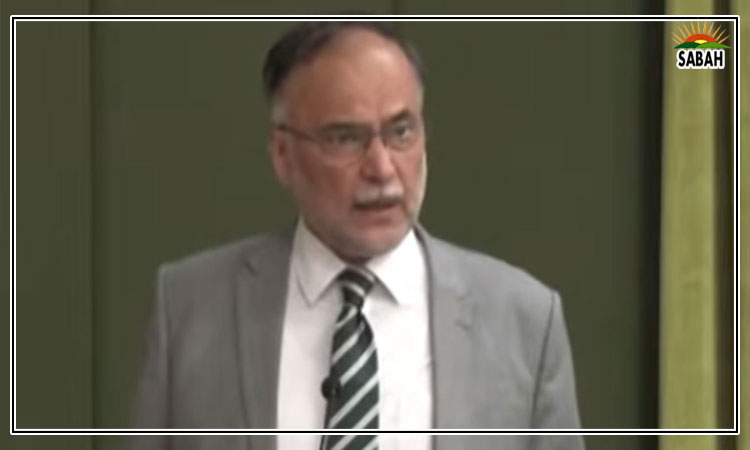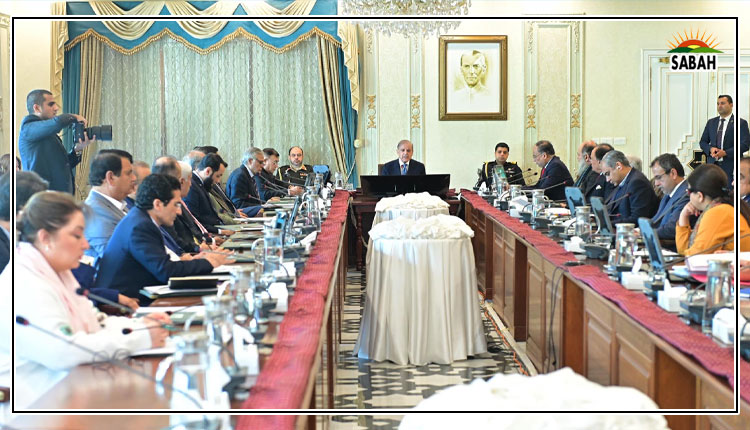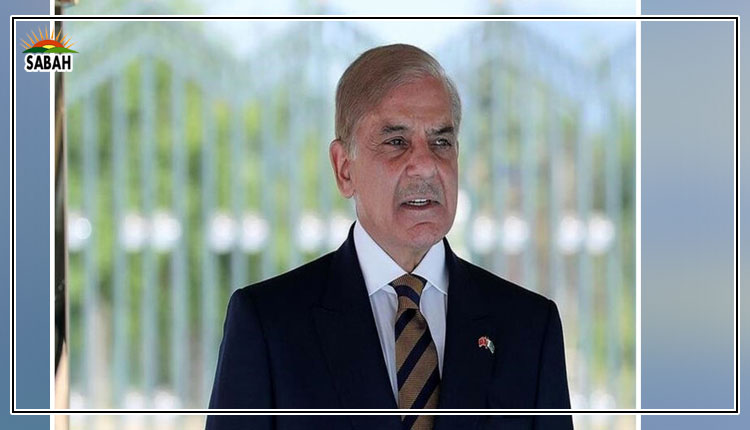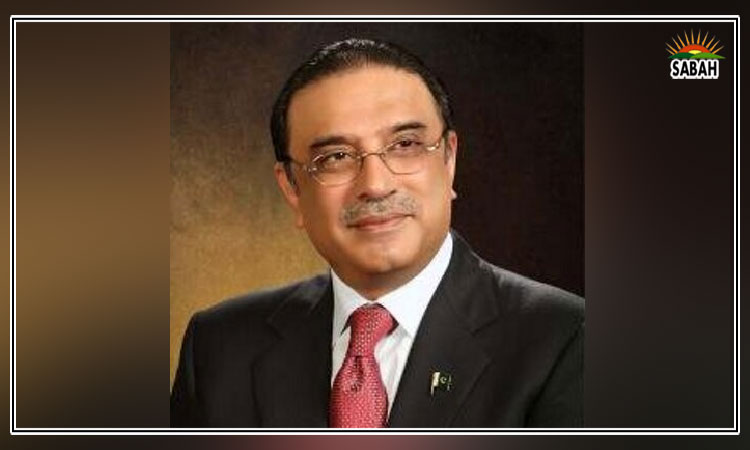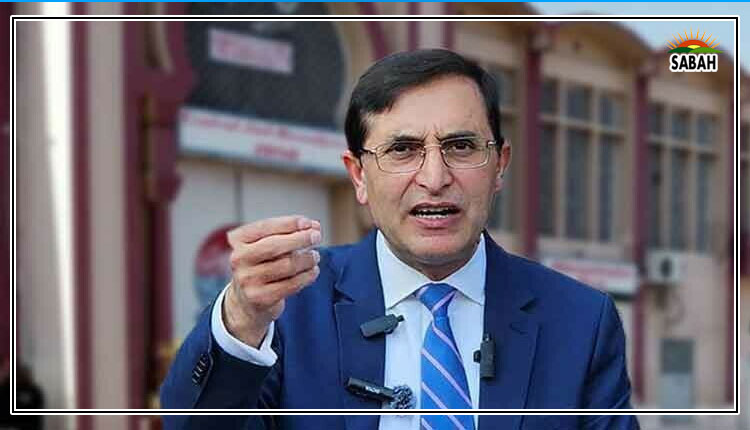Assessing efforts to save our planet… Syed Mohammad Ali
With the last conference of parties (COP) 28 hosted by Dubai having ended a few weeks ago, this is as good a time as any to reflect on how far we have come in the global effort to contend with what could potentially be an existential threat to humanity.
We are living today in what is referred to as an Anthropocene epoch, which is basically a unit of geologic time covering the most recent period in Earths history. The Anthropocene can be described as the period where human activity has had an increasingly evident influence on our planets climate and its associated ecosystems. While humans have been known to ravage their surrounding environments for millennia, the scale of destruction of our natural environment has assumed unprecedented proportions in the contemporary era, the effects of which are no longer localised but in fact global.
Efforts to recognise and contend with human-induced environmental changes can be traced back to well before the World War-II. Scientists first detected a rise in global temperatures back in 1938. By 1967, data modeling even began predicting severe climate threats such as an Antarctic ice sheet collapse and rising sea levels.
A global climate conference was first organised by the World Meteorological Organization (WMO) in 1979, which voiced concerns about human activities being a direct cause for global climate challenges. The seminal Limits to Growth report in 1972 also pointed out that Earths ecosystems have limited capacity to absorb human-produced waste and to provide raw materials needed to fuel growth-obsessed models of development.
In 1988, the UNs environmental protection agency (UNEP) and WMO established the Intergovernmental Panel on Climate Change (IPCC) to research climate change impacts, and to understand the varied implications of global warming. The first IPCC assessment report was released in 1990, followed by several others. The latest one was published in March 2023 in the lead up to the UAE-hosted 28th climate summit, which stressed the need for transformational action to avert climate catastrophe.
However, despite all warnings, and the fact that this past year was one of the hottest on record, we still do not have global consensus on phasing out fossil fuels.
Countries most vulnerable to climate change continue demanding an immediate phase-out of fossil fuels. Yet, the COP28 agreement only managed to agree to the vague aim of transitioning away from fossil fuels, and it has promised to triple renewable energy capacity by 2030. COP28 has further called for averting unabated burning of fossil fuels, instead of preventing greenhouse gas emissions altogether.
Major oil and gas producing states are less resistant to backing the demand for a coal phase-out as that does not hurt their own bottom line. However, other major global polluters like India and China are still heavily reliant on coal, as are most poorer countries.
The Dubai climate agreement has thus placed faith in improved technologies to achieve net zero emissions by 2050. It has also recognised the need for nuclear powers role in providing energy solutions. Building enough nuclear power plants around the world is not going to be easy, especially given the fear of nuclear accidents and potential dual use of nuclear capabilities.
Greenhouse gas emissions should have been slashed by half over the next few years to adhere to commitments made during the Paris Agreement (COP21). Instead, emissions are increasing, and new estimates indicate that we could pass the threshold of a 1.5 degrees warmer planet by the end of this decade, rather than at the end of this century. While some money was pledged at COP28 to compensate poorer countries for the loss and damage being caused due to climate changes that they have done little to cause, the allocated amount is a mere drop in the ocean compared to what will be needed in compensatory support over the course of coming years.
Courtesy The Express Tribune



